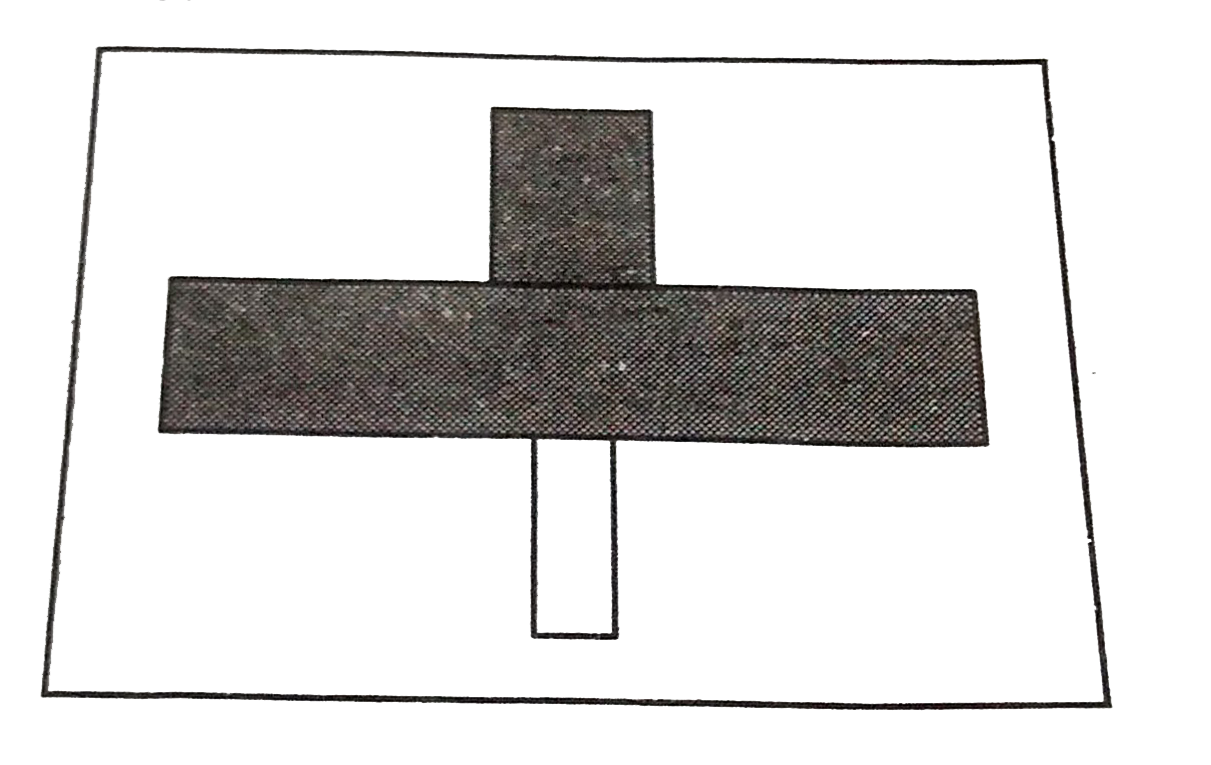What are the three types of ecological pyramids. What information is conveyed by each pyramid with regard to structure, function and energy in the ecosystem.
Step-by-Step Solution
1. Introduction to Ecological Pyramids:
- Ecological pyramids are graphical representations that show the relationship between different trophic levels in an ecosystem. They illustrate how energy, biomass, and the number of organisms are distributed among these levels.
2. Types of Ecological Pyramids:
- There are three main types of ecological pyramids:
1. Pyramid of Number
2. Pyramid of Biomass
3. Pyramid of Energy
3. Pyramid of Number:
- Structure: This pyramid represents the number of individual organisms at each trophic level. Typically, it has a broad base with producers (like plants) and narrows as it goes up to higher trophic levels (herbivores and carnivores).
- Function: It shows the population size of each trophic level, indicating that there are more producers than consumers.
- Energy: As per the 10% law, only about 10% of the energy from one trophic level is transferred to the next. Thus, fewer individuals can be supported at higher levels.
4. Pyramid of Biomass:
- Structure: This pyramid represents the total biomass (mass of living matter) at each trophic level. It is usually upright, indicating that biomass decreases as you move up the trophic levels.
- Function: It reflects the amount of organic material available at each level, showing that producers have the highest biomass, followed by herbivores, and then carnivores.
- Energy: Similar to the pyramid of number, energy decreases as you move up the pyramid, as less biomass is available to support higher trophic levels.
5. Pyramid of Energy:
- Structure: This pyramid illustrates the flow of energy through the trophic levels. It is always upright, as energy decreases at each level.
- Function: It emphasizes the energy transfer efficiency, showing that only about 10% of energy is passed on to the next level, while the rest is lost as heat or used for metabolic processes.
- Energy: The base of the pyramid has the highest energy (producers), and as you move up, the energy available decreases significantly.
Summary
- The three types of ecological pyramids (number, biomass, and energy) provide insights into the structure, function, and energy dynamics of ecosystems. Each pyramid conveys important information about the distribution of organisms, the amount of biological material, and the flow of energy through the food chain.
- Ecological pyramids are graphical representations that show the relationship between different trophic levels in an ecosystem. They illustrate how energy, biomass, and the number of organisms are distributed among these levels.
- There are three main types of ecological pyramids:
1. Pyramid of Number
2. Pyramid of Biomass
3. Pyramid of Energy
- Structure: This pyramid represents the number of individual organisms at each trophic level. Typically, it has a broad base with producers (like plants) and narrows as it goes up to higher trophic levels (herbivores and carnivores).
- Function: It shows the population size of each trophic level, indicating that there are more producers than consumers.
- Energy: As per the 10% law, only about 10% of the energy from one trophic level is transferred to the next. Thus, fewer individuals can be supported at higher levels.
- Structure: This pyramid represents the total biomass (mass of living matter) at each trophic level. It is usually upright, indicating that biomass decreases as you move up the trophic levels.
- Function: It reflects the amount of organic material available at each level, showing that producers have the highest biomass, followed by herbivores, and then carnivores.
- Energy: Similar to the pyramid of number, energy decreases as you move up the pyramid, as less biomass is available to support higher trophic levels.
- Structure: This pyramid illustrates the flow of energy through the trophic levels. It is always upright, as energy decreases at each level.
- Function: It emphasizes the energy transfer efficiency, showing that only about 10% of energy is passed on to the next level, while the rest is lost as heat or used for metabolic processes.
- Energy: The base of the pyramid has the highest energy (producers), and as you move up, the energy available decreases significantly.
- The three types of ecological pyramids (number, biomass, and energy) provide insights into the structure, function, and energy dynamics of ecosystems. Each pyramid conveys important information about the distribution of organisms, the amount of biological material, and the flow of energy through the food chain.
Topper's Solved these Questions
- BOOK - NCERT EXEMPLAR ENGLISHCHAPTER - ECOSYSTEMEXERCISE - Short Answer Type Question16videos
ECOSYSTEM
- BOOK - NCERT EXEMPLAR ENGLISHCHAPTER - BIOTECHNOLOGY PRINCIPLES AND PROCESSEXERCISE - All Questions44videos
BIOTECHNOLOGY PRINCIPLES AND PROCESS
- BOOK - NCERT EXEMPLAR ENGLISHCHAPTER - ENVIRONMENTAL ISSUES EXERCISE - Long Answer Type Questions7videos
ENVIRONMENTAL ISSUES
Similar Questions
Knowledge Check
- Question 1 - Select One
One of the types of ecological pyramids is given here. This type represents
 Apyramid of numbers in a grasslandBpyramid of biomass in a fallow landCpyramid of numbers in a forestDenergy pyramid in a spring
Apyramid of numbers in a grasslandBpyramid of biomass in a fallow landCpyramid of numbers in a forestDenergy pyramid in a spring - Question 2 - Select One
Pyramid of energy in aquatic ecosystem is
AAlways uprightBAlways invertedCBell-shapedDNone of these
What does the given ecological pyramid represent ?
 View Solution
View SolutionWhat is a symbol ? What information does it convey ?
View SolutionWhat is the ultimate source of energy for the ecosystems?
View SolutionWhat are the three types of RNA molecules which perform different functions ?
View SolutionPyramid of energy in an aquatic ecosystem is
View SolutionGiven below is one of the types of ecological pyramids. This type represents:
 View Solution
View Solution

